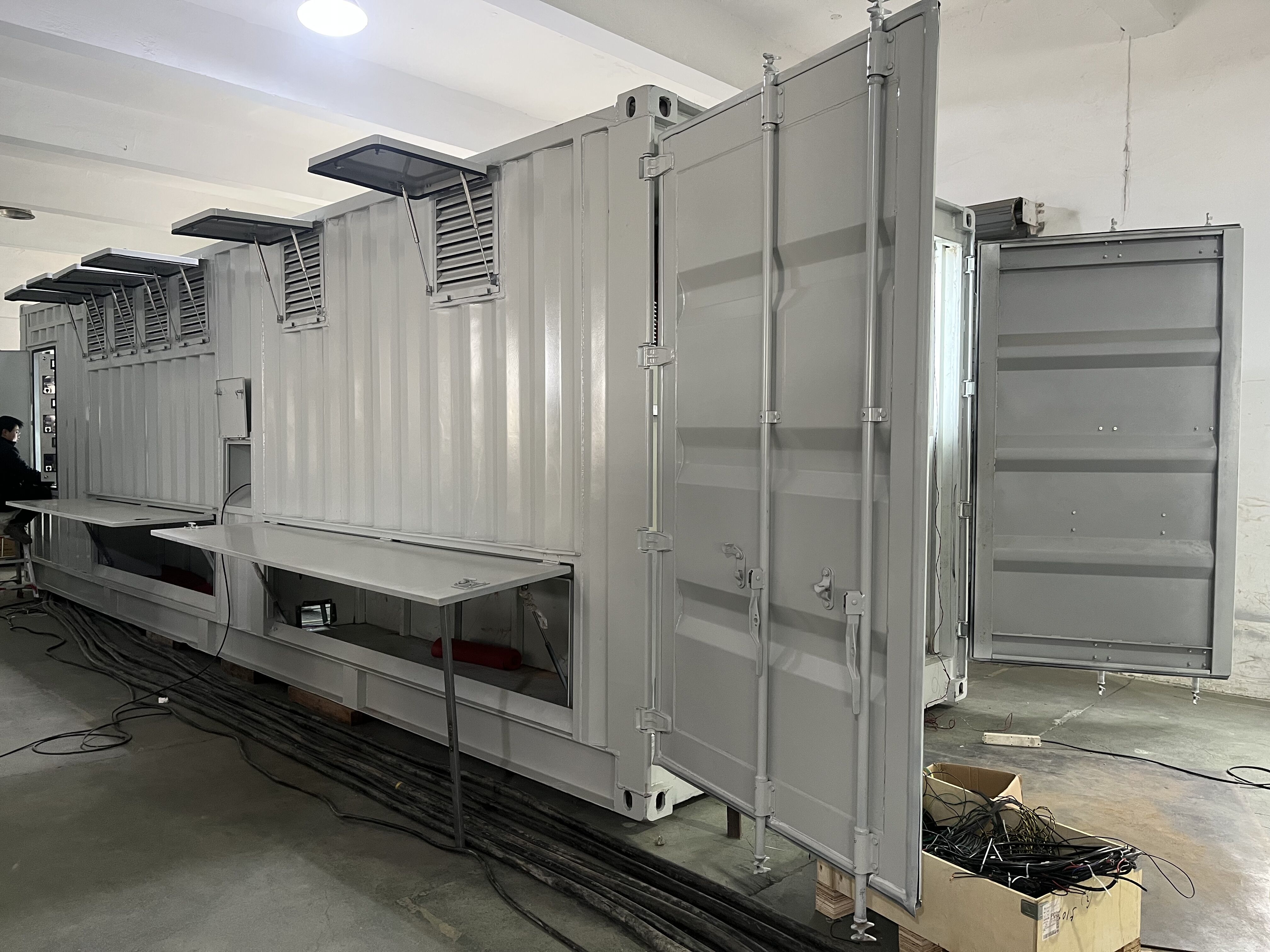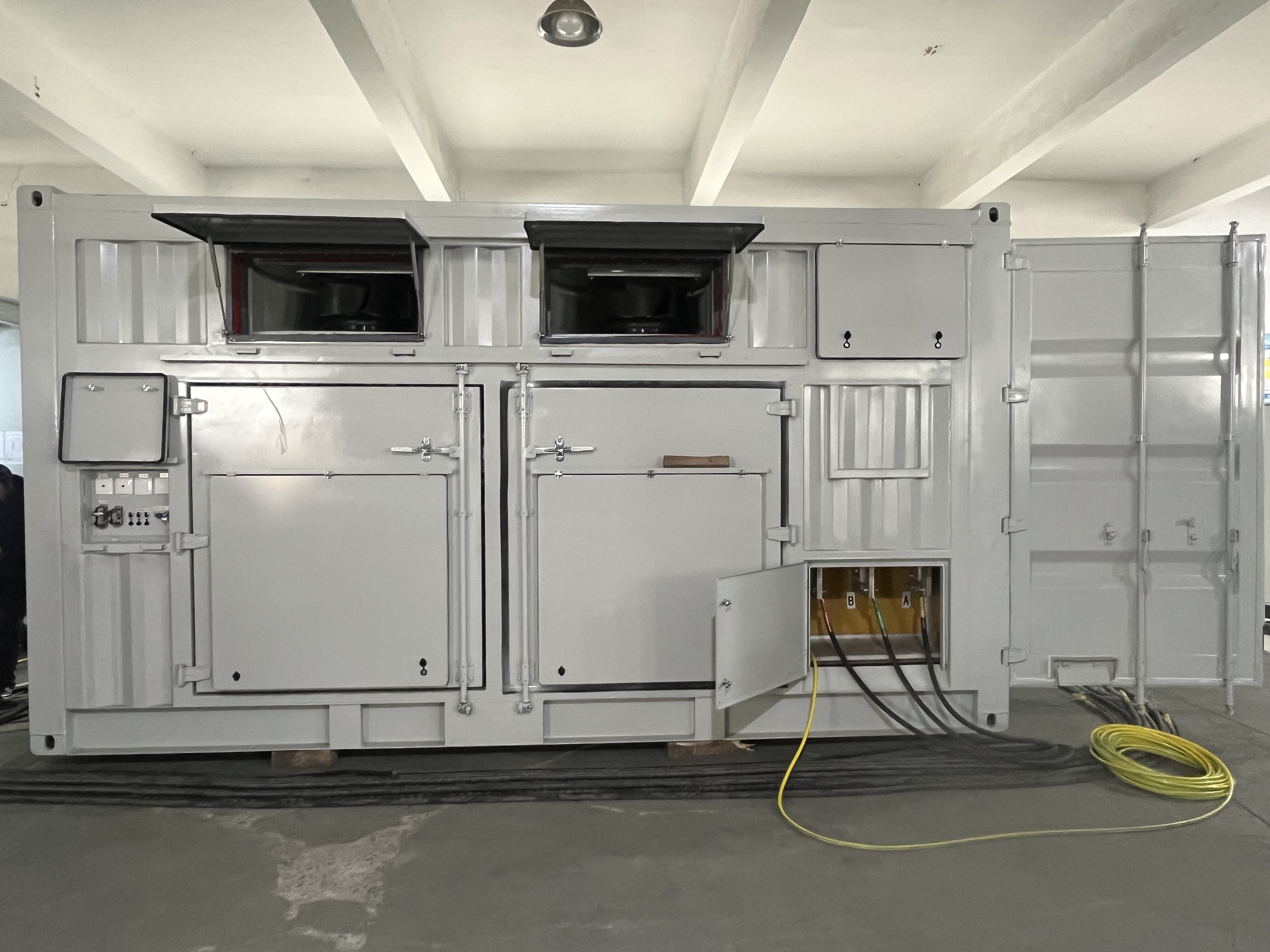Förståelse av batteriladdningsteknikens utveckling
Inom modern elektronik och strömsystem har effektiv batteriladdning blivit allt viktigare. Konstant ström källor har visat sig vara en nyckelteknik som revolutionerar hur vi närmar oss batteriladdningssystem. Dessa sofistikerade strömförsörjningslösningar säkerställer optimala laddningsförhållanden samtidigt som batterilivslängden förlängs och systemets totala tillförlitlighet förbättras.
Integrationen av konstant ström källor i batteriladdningssystem representerar en betydande framsteg från traditionella laddningsmetoder. Genom att upprätthålla en jämn strömförändring under laddningsprocessen erbjuder dessa system flera fördelar som gynnar både konsumentelektronik och industriella applikationer.

Kärnkomponenter och funktionalitet hos konstanta strömkällor
Viktiga kretselement
I hjärtat av konstanta strömkällor ligger en komplex anordning av elektroniska komponenter som arbetar i harmoni. De primära elementen inkluderar spänningsregulatorer, strömavkännande resistorer och återkopplingsloopar som kontinuerligt övervakar och justerar laddningsparametrarna. Dessa komponenter samverkar för att upprätthålla en exakt strömproduktion oavsett variationer i ingångsspänning eller belastningsförhållanden.
Avancerade konstantströmskällor innehåller också skyddskretsar som förhindrar överladdning och termisk obalans. Dessa säkerhetsfunktioner är avgörande för att upprätthålla integriteten i både laddsystemet och den batteri som laddas.
Drivprinciper och regleringsmekanismer
Den grundläggande funktionen hos konstantströmskällor bygger på sofistikerade reglermekanismer som aktivt reglerar strömflödet. Genom kontinuerlig övervakning av utströmmen gör dessa system justeringar i realtid för att upprätthålla den önskade laddströmmen. Denna dynamiska reglering säkerställer att optimala laddförhållanden upprätthålls under hela laddcykeln.
Moderna konstantströmskällor använder digitala reglersystem som möjliggör exakt strömreglering med minimal avvikelse. Denna nivå av kontroll gör det möjligt att programmera laddningsprofiler som kan anpassas till specifika batterikemier och applikationer.
Fördelar med att använda konstantströmskällor
Förbättrad ladeffektivitet
En av de främsta fördelarna med konstanta strömkällor i batteriladdningssystem är deras överlägsna effektivitet. Genom att upprätthålla en jämn strömflöde minimerar dessa system energiförluster och minskar värmeutvecklingen under laddningsprocessen. Denna förbättrade effektivitet innebär snabbare laddningstider och lägre energiförbrukning.
Den konsekventa strömförsörjningen säkerställer också att batterierna får den optimala laddningshastigheten under hela laddningscykeln, vilket förhindrar ineffektivitet som är förknippad med varierande strömladdningsmetoder.
För längre batteriliv
Konstanta strömkällor spelar en avgörande roll i att förlänga batteriets livslängd genom att förhindra den stress och skador som orsakas av oregelbundna laddningsmönster. Den kontrollerade strömflödet eliminerar strömstötar och fluktuationer som kan försämra batterimaterial med tiden.
Genom att upprätthålla optimala laddningsförhållanden hjälper dessa system till att bevara batteriets kemiska integritet och strukturella stabilitet, vilket resulterar i betydligt förlängd service livslängd och förbättrad långsiktig prestanda.
Implementeringsstrategier och bästa praxis
Konstruktionsskäl
För att implementera konstanta strömkällor framgångsrikt krävs noggrann uppmärksamhet på systemdesign och komponentval. Ingenjörer måste ta hänsyn till faktorer som ingångsspänningsomfång, erforderlig utgångsströmprecision och krav på termisk hantering. Designen måste också ta hänsyn till elektromagnetisk kompatibilitet och åtgärder för minskning av brus.
Moderna konstantströmskälldesign innefattar ofta programmerbara funktioner som tillåter dynamisk justering av laddningsparametrar beroende på batteriets tillstånd och miljöfaktorer.
Integreringsutmaningar och lösningar
Även om strömkällor med konstant ström erbjuder många fördelar kan deras integrering i befintliga laddsystem innebära vissa utmaningar. Vanliga problem inkluderar termisk hantering, elektromagnetisk störning och kompatibilitet med olika batterityper. Dessa utmaningar kan dock effektivt hanteras genom korrekt design och komponentval.
Avancerade lösningar integrerar ofta termisk övervakning, aktiva kylsystem och sofistikerade styralgoritmer för att säkerställa tillförlitlig drift under olika förhållanden.
Framtida trender och innovationer
Nya tekniker
Fältet kring strömkällor med konstant ström fortsätter att utvecklas med nya tekniker och innovationer. Nya framsteg inom halvledarteknik och styrsystem gör det möjligt att utforma mer effektiva och kompakta lösningar. Avancerade material och tillverkningsmetoder bidrar också till förbättrad prestanda och tillförlitlighet.
Nya innovationer innefattar integreringen av artificiell intelligens och maskininlärningsalgoritmer som i realtid optimerar laddningsprofiler baserat på batteriets tillstånd och användningsmönster.
Industriella tillämpningar och marknadsutveckling
Användningen av konstanta strömkällor i batteriladdningssystem fortsätter att expandera inom olika industrier. Från konsumentprodukter till elbilar och energilagringssystem i förnybar energi, driver efterfrågan på effektiva laddningslösningar den pågående innovationen och utvecklingen inom detta område.
Marknadstrender visar en ökande preferens för smarta laddsystem som integrerar konstanta strömkällor, särskilt inom tillämpningar som kräver hög tillförlitlighet och exakt kontroll.
Vanliga frågor
Vad gör konstanta strömkällor bättre än traditionella laddningsmetoder?
Konstanta strömkällor ger bättre kontroll över laddningsprocessen, vilket resulterar i förbättrad effektivitet, minskade laddningstider och förlängd batterilivslängd. De eliminerar ojämnheterna och den potentiella skada som är förknippad med varierande strömladdningsmetoder.
Hur anpassar sig konstanta strömkällor till olika batterityper?
Modern konstant strömkällor är utrustade med programmerbara funktioner och intelligenta styrsystem som kan justera laddningsparametrar beroende på batterikemi, kapacitet och tillstånd. Denna anpassningsförmåga säkerställer optimal laddning för olika batterityper samtidigt som säkerhet och effektivitet upprätthålls.
Vilka är de primära underhållskraven för konstantströmsladdningssystem?
Konstantströmsladdningssystem kräver i allmänhet minimalt underhåll på grund av sin halvledarbyggd design. Regelmässig kontroll av kylsystem, elektriska anslutningar och reglerparametrar rekommenderas för att säkerställa optimal prestanda och lång livslängd.



